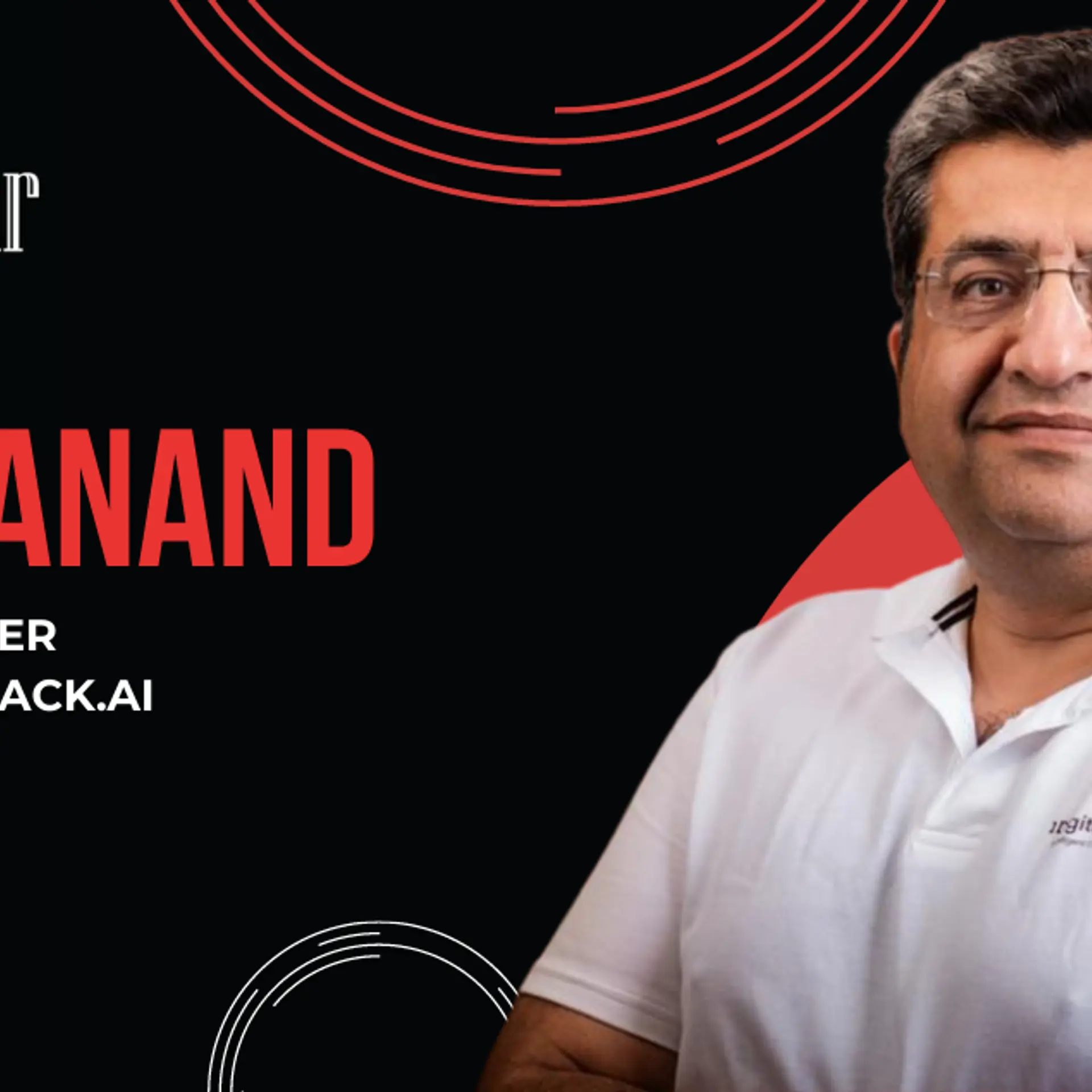How bus aggregators are revolutionising one of India’s biggest unorganised sectors
It’s the need of the hour to bring the 400,000+ buses deployed on Indian roads on an end-to-end connected platform to bring visibility of bus-seat inventory on a real-time basis.
More than 50 percent of Indians travel by bus, be it intracity or intercity, but the Indian bus industry remains one of the most neglected parts of our mobility ecosystem.
One of the largest unorganised sectors in India, it has also seen very limited technology adoption in the last two decades. As a result, mobility has become restricted to personal vehicles, specifically cars and two-wheelers.
It’s a known fact that one bus contributes approximately 50 percent lower CO2 emission as compared to a car on a per passenger-kilometre level. As per FICCI, Rocky Mountain Institute (RMI), Enabling Transition to Electric Mobility Report, November 2017, “More passenger-kilometer travel, India has the potential to reduce vehicle kilometer demand by nearly 35%, accounting to 2000 billion kilometers in 2035”.
This, combined with more efficient vehicle technologies, can cumulatively save above 1 gigatonne of CO2 through 2030. Apart from that, Imagine how much space 30 cars take as compared to the same 30 people traveling in a single bus. This will free up so many parking spaces across cities.
The focus on personal vehicles has also led to severe air pollution in various cities across India. Greater adoption of bus mobility will not only reduce air pollution and free up urban spaces, but also make cityscapes inclusive.
Indians are exposed to buses from school days, but usage diminishes over the years. The intent is not missing; the problem is that the quality offered by incumbent bus operators does not match consumer expectations. This is due to two reasons – information asymmetry arising out of disconnected legacy bus systems and limited data reliance on bus operations.
Globally, bus mobility systems have observed massive adaption of technology in the last decade, with extensive use of data models. The adoption of technology has accelerated with smartphones and mobile data penetration as passengers look for seamless travel and real-time information.
It’s the need of the hour to bring the 400,000+ buses deployed on Indian roads on an end-to-end connected platform to uplift this unorganised sector while bringing visibility of bus-seat inventory on a real-time basis to consumers with live tracking of buses.
These are the expectations of today’s smartphone consumers, and new-age bus aggregators are working in this direction to reshape the bus mobility industry in India.
Another critical element of bus mobility is the network, which is directly proportional to consumer usage.
TAAS platforms are working with bus operators-partners across India to build a connected bus network for digital booking, contactless payments, and contactless boarding features in the post-COVID world.
The government has also been proactively working on bringing road networks to every nook and corner of the country; more recently, the smart roads. With initiatives like FASTAG and the proposed GPS-based tolling system, the government is playing the role of enabler by providing a level playing field to uplift bus mobility in India.
The bus mobility market in India is pegged at more than $100 billion, with exciting business opportunities on the demand and supply side of both intracity and intercity bus transportation.
Digital trends we have witnessed in recent years with on-demand and shared mobility, ticketing, contactless boarding, and digital payments have played an important role in the movement of people in the past year. The need of the hour in the post-pandemic world is that all players must explore synergistic opportunities to collaborate, rather than working in silos.
Some players have been working on demand aggregation for a long time, but a large part of the market remains untapped.
But things are changing. New-age aggregators are working to make the journey of consumers comfortable and convenient. TAAS platforms are working with bus-operator partners to solve the problem of the legacy technology stack and create a new-age end-to-end ecosystem connecting both demand and supply in real time to ensure a seamless travel experience for Bharat.
The Indian bus mobility sector is at the cusp of disruption. With increasing smartphone adaption and internet penetration, new-age aggregators are building solutions to provide seamless travel experience for the next billion.
Edited by Teja Lele
(Disclaimer: The views and opinions expressed in this article are those of the author and do not necessarily reflect the views of YourStory.)









